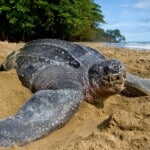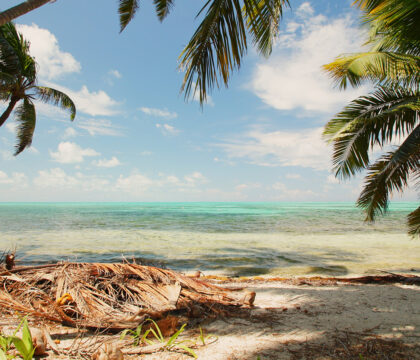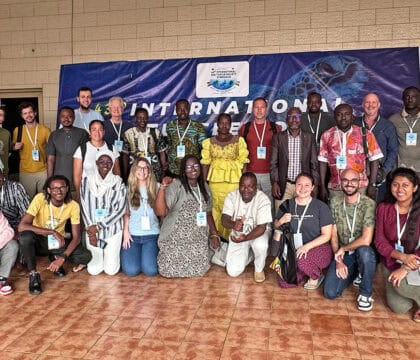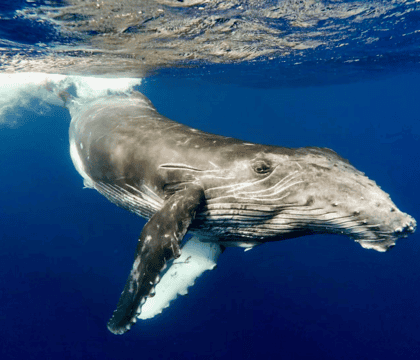February 28, 2023 • News Announcements
For more than a decade, Oceanic Society has been collaborating with artist and Georgia State University professor, Pamela Longobardi. Pam has served as our Artist In Nature on a number of expeditions over that time, including trips focused on plastic pollution in Komodo, Palau, Belize, and Raja Ampat.
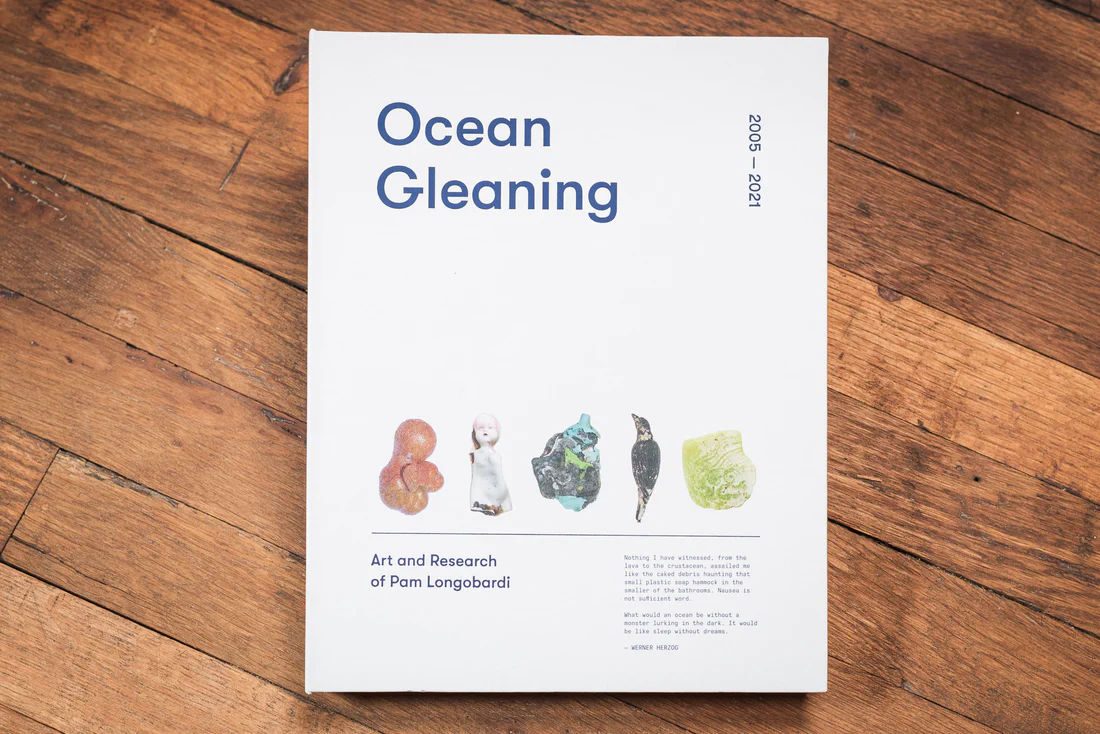
Last month Pam released a new book titled Ocean Gleaning, which tracks 17 years of her art and research on global plastic pollution. Over that time Pam has worked to curate a collection of striking artifacts harvested from the sea—objects that once were utilitarian but have been changed by their oceanic voyages and come back as what she views as “messages from the ocean.”
Pam describes how she views these objects and their significance to ocean conservation:
“I see plastic objects as the cultural archaeology of our time—relics of global late-capitalist consumer society that mirror our desires, wishes, hubris and ingenuity. They become transformed as they leave the quotidian world and collide with nature. By regurgitating them ashore or jamming them into sea caves, the ocean is communicating with us through materials of our own making. Some seem eerily familiar; others are totally alien.
Today I see plastic as a zombie material that haunts the ocean. It is made from petroleum, the decayed and transformed life forms of the past. Drifting at sea, it “lives” again as it gathers a biological slime of algae and protozoans, which become attachment sites for larger organisms.
When seabirds, fish and sea turtles mistake this living encrustation for food and eat it, plastic and all, the chemical load lives on in their digestive tracts. Their body tissues absorb chemicals from the plastic, which remain undigested in their stomachs, often ultimately killing them.
A person engaging in ocean gleaning acts as a detective and a beacon, hunting for the forensics of this crime against the natural world and shining the light of interrogation on it. By searching for ocean plastic in a state of open receptiveness, a gleaner like me can find symbols of pop culture, religion, war, humor, irony and sorrow.”
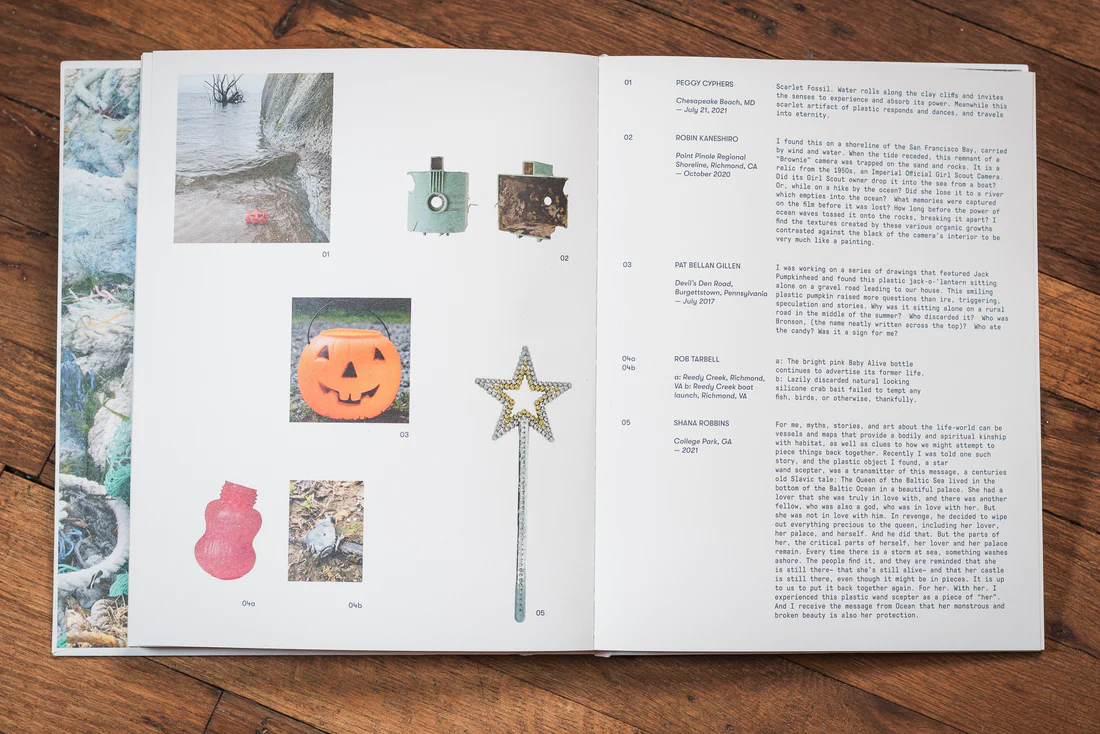
In the final section of her book, Pam invited many of her fellow Ocean Gleaners, scientists, naturalists, artists, and citizens to contribute objects they have found. I was delighted to be asked by Pam to contribute to her collection of “ocean gleaned” objects. The objects I shared with Pam were two that I had collected from my time at Midway Atoll: a plastic tank, and a 7-inch plastic toothbrush, both taken from inside a deceased albatross chick.
Pam also asked each of the contributors to submit a brief description of the story we thought those objects were telling us. It is one of my favorite sections. As you read through the entries, you see how the “voice of the ocean,” as Pam calls it, speaks to each of us individually and also collectively. Taken together, it is clear that each of the contributors loves the ocean, and that we can clearly see the warning signs the ocean is showing us by putting these objects directly in our paths.
Ocean Gleaning is available for purchase through Fall Line Press.

